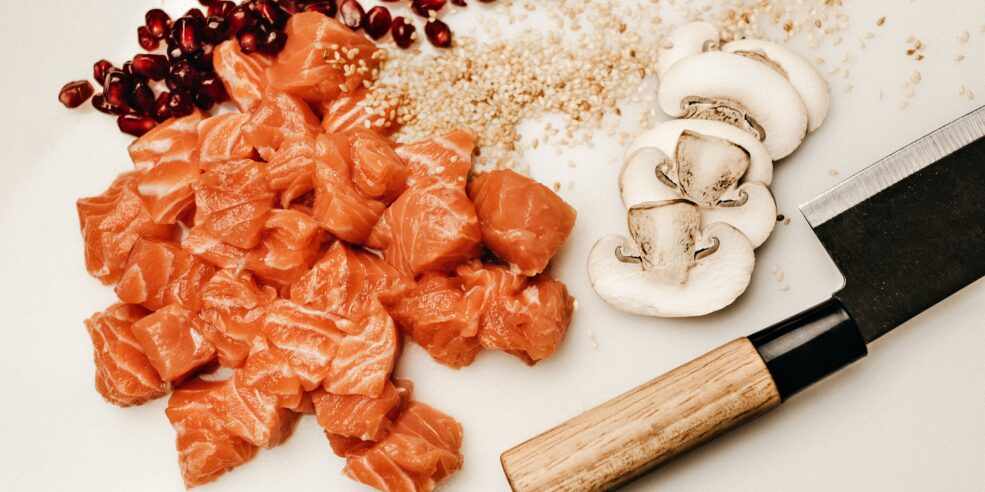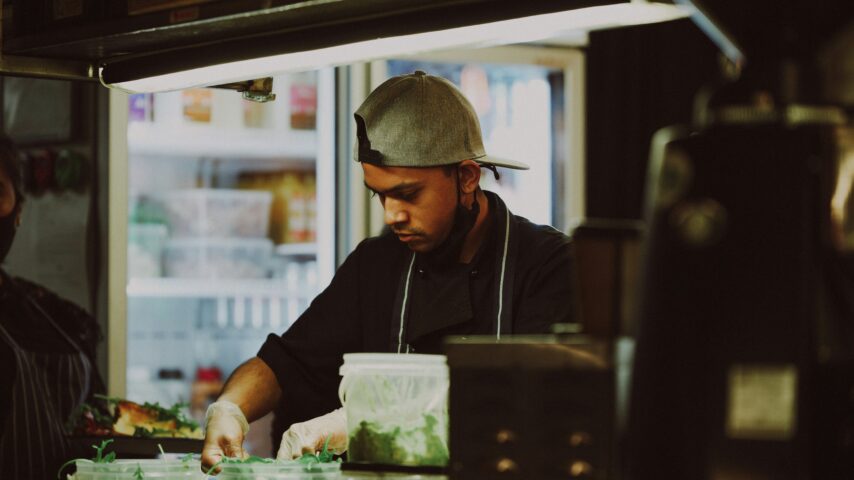Download our Poke Playbook here to learn more about the best ways to the most important KPIs for Poke Restaurants.
Poke Restaurants’ growth has accelerated in recent years with an increased demand for healthy fusion foods. CAGR (Compound Annual Growth Rate) for Poke restaurants is between 2021 and 2026 is expected to be 8.41%.
Despite this growth, like many other restaurants, they face supply chain and labour challenges. This, alongside inflation, has caused poke bowl prices to increase by around 25% for consumers – so boosting performance is essential.
Working with our Poke customers we’ve developed a deep understanding of the challenges they face, and how Tenzo can help them overcome these, and boost their performance, by achieving their KPIs.
KPIs for Poke Restaurants to track to boost performance;
ATV (Average Transaction Value)
One of the most critical KPIs for Poke restaurants is ATV (Average Transaction Value). Understanding individual restaurants ATV week-on-week and year-on-year is crucial in improving the entire business’s performance.
ATV is an important metric to be monitored to achieve this KPI, but understanding how to improve it comes from monitoring other metrics alongside it.
Upselling is a massive part of improving ATV. This can be done throughout the bowl-making process for Poke restaurants, so knowing which items that week have been best upsold helps maximise this with all customers.
Tracking ATV over the period to date helps to understand factors that contribute to high, or low, ATV and make changes based on these data-led learnings. These can be anything from certain teams, or team members, working to specific days of the week.
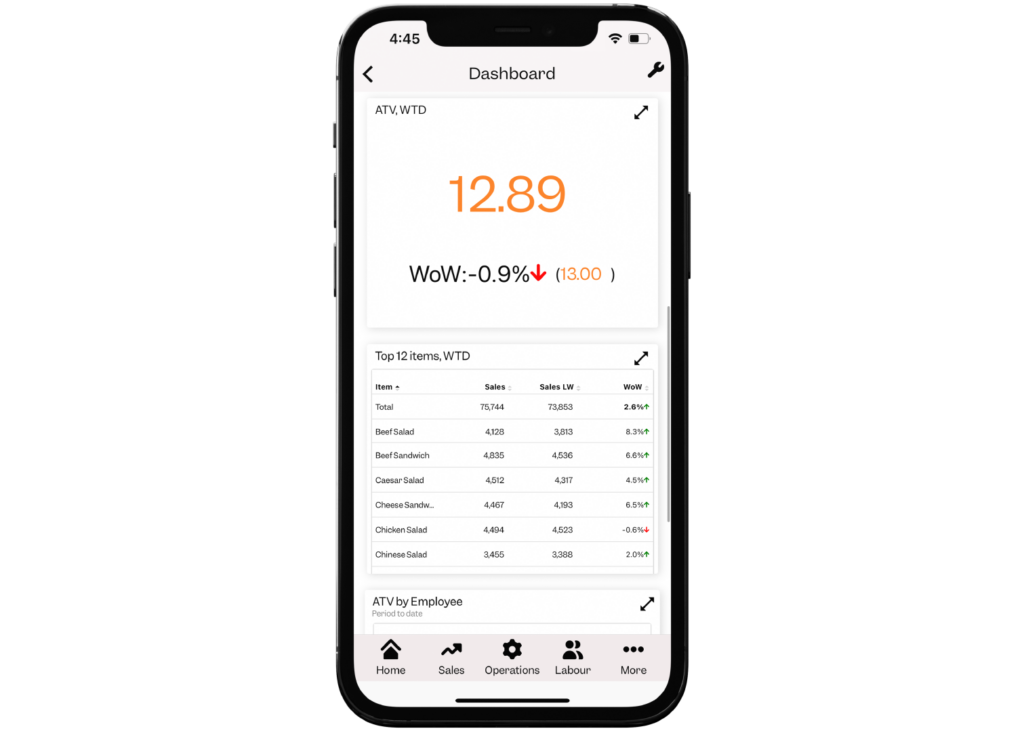
COL (Cost of Labour)
COL (Cost of Labour) is another important metric for Poke Restaurants to be monitoring, and many of them use Sales per Labour Hour as a KPI to work towards; as well as labour costs as a percentage of sales.
Generally, labour costs should be around 20-25% of revenue, but this varies depending on whether your business has a centralised kitchen, and the amount of on-site preparation required.
Productivity can be measured using sales per labour hour. Ensuring that productivity is high is key to a good COL, however, it’s important that the teams aren’t overstretched as this will lead to burnout. Managing productivity provides an opportunity to learn how to improve it on lower-performing days.
Accurate forecasting is vital in preparing effectively for service, using Tenzo’s planned labour hours against predicted sales based on AI and GM’s knowledge. Creating flexible shift patterns helps to deploy labour effectively based on forecasted demand and sales.
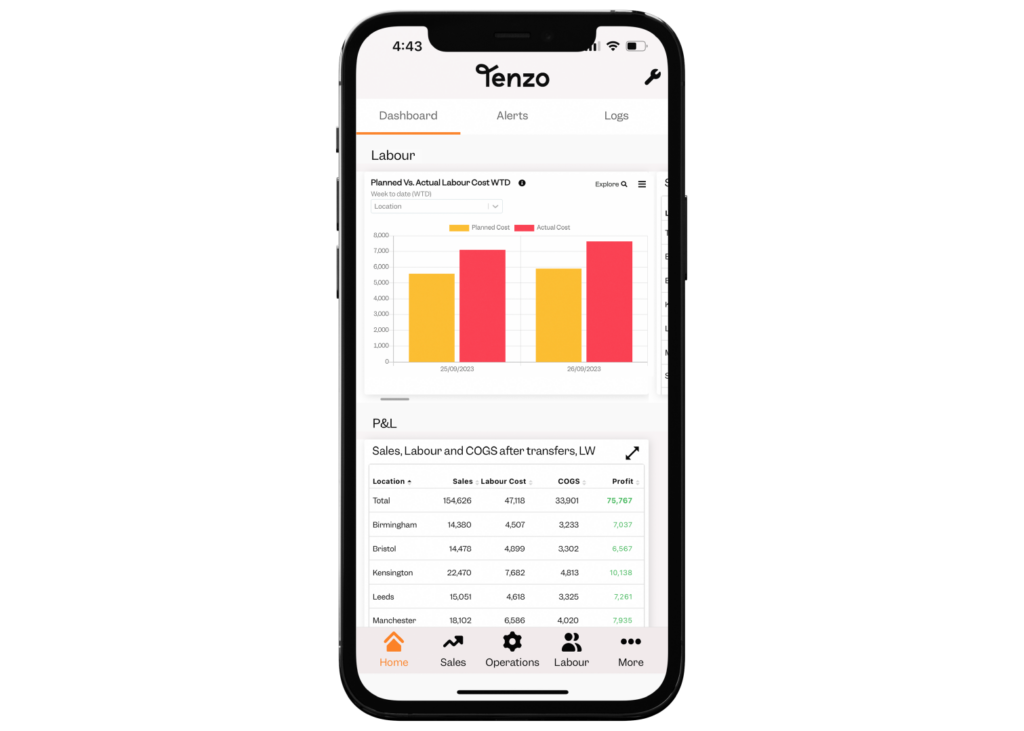
Cost of Goods Sold (COGS) and Wastage
Inventory management is crucial for Poke restaurants: the raw foods are highly perishable, and good quality is key for happy customers.
Ensuring that all your systems are configured properly is vital in maintaining a high-performing restaurant. All recipes should be fully set up and integrated with POS systems, and this should be checked regularly.
Tracking inventory usage and inventory variance is key to managing COGS (Cost of Goods Sold) effectively. Keeping the wastage at a minimum, and unaccounted-for goods at 0 is essential in controlling costs.
Compliance with the use of small wares to reduce unaccounted-for goods is necessary – the speed of the Poke service can make this tricky. This also helps to manage customer expectations.
The preparation of food has a big effect on how much wastage can be expected. With a centralised kitchen, inventory management techniques, such as FIFO (First in First Out), should reduce wastage. However, good training is imperative in reducing wastage during on-site preparation.
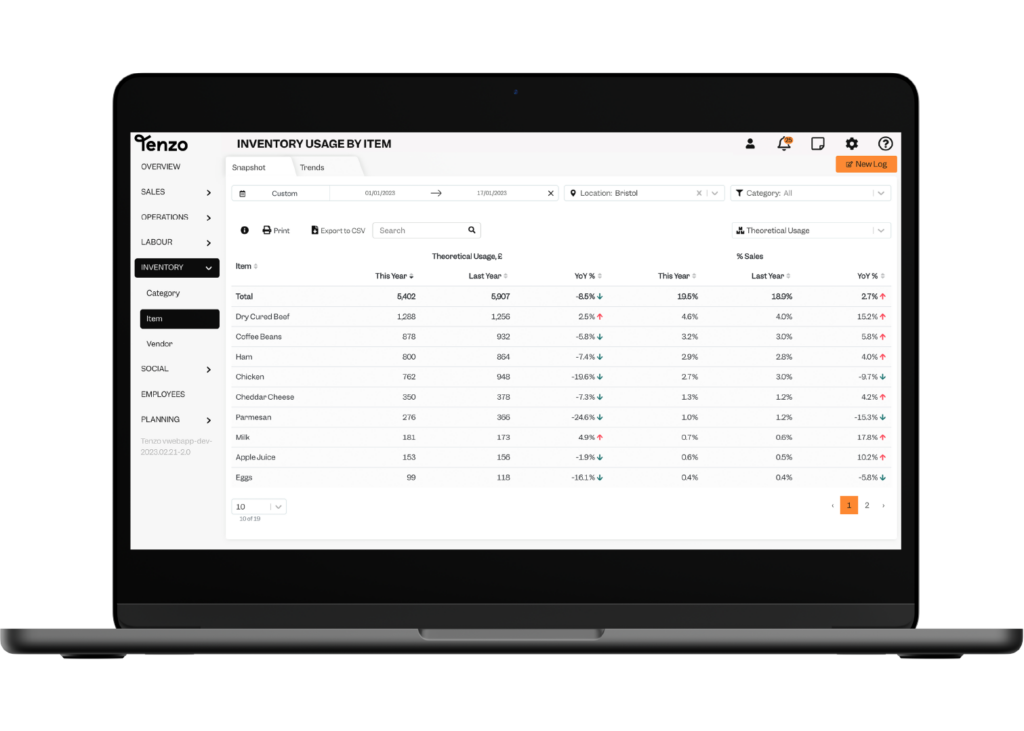
Download our Poke Playbook to get some more tips on how Tenzo can help boost performance in your restaurant!
